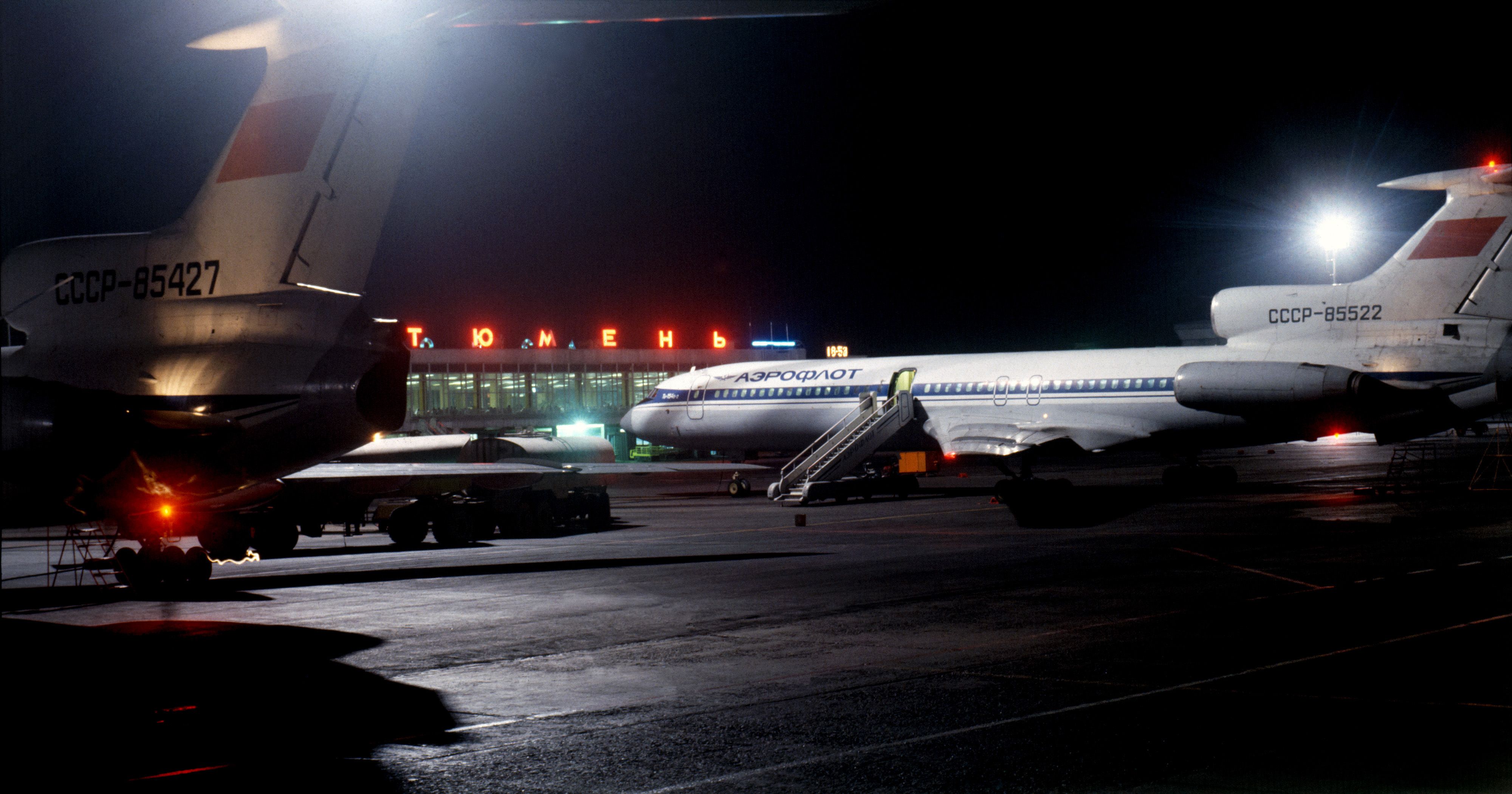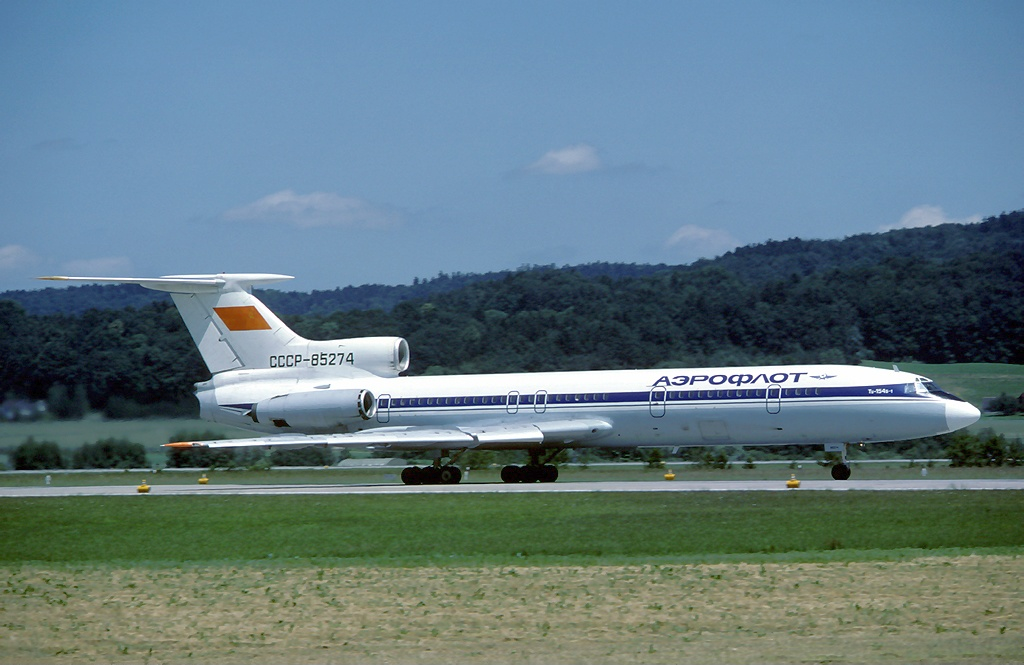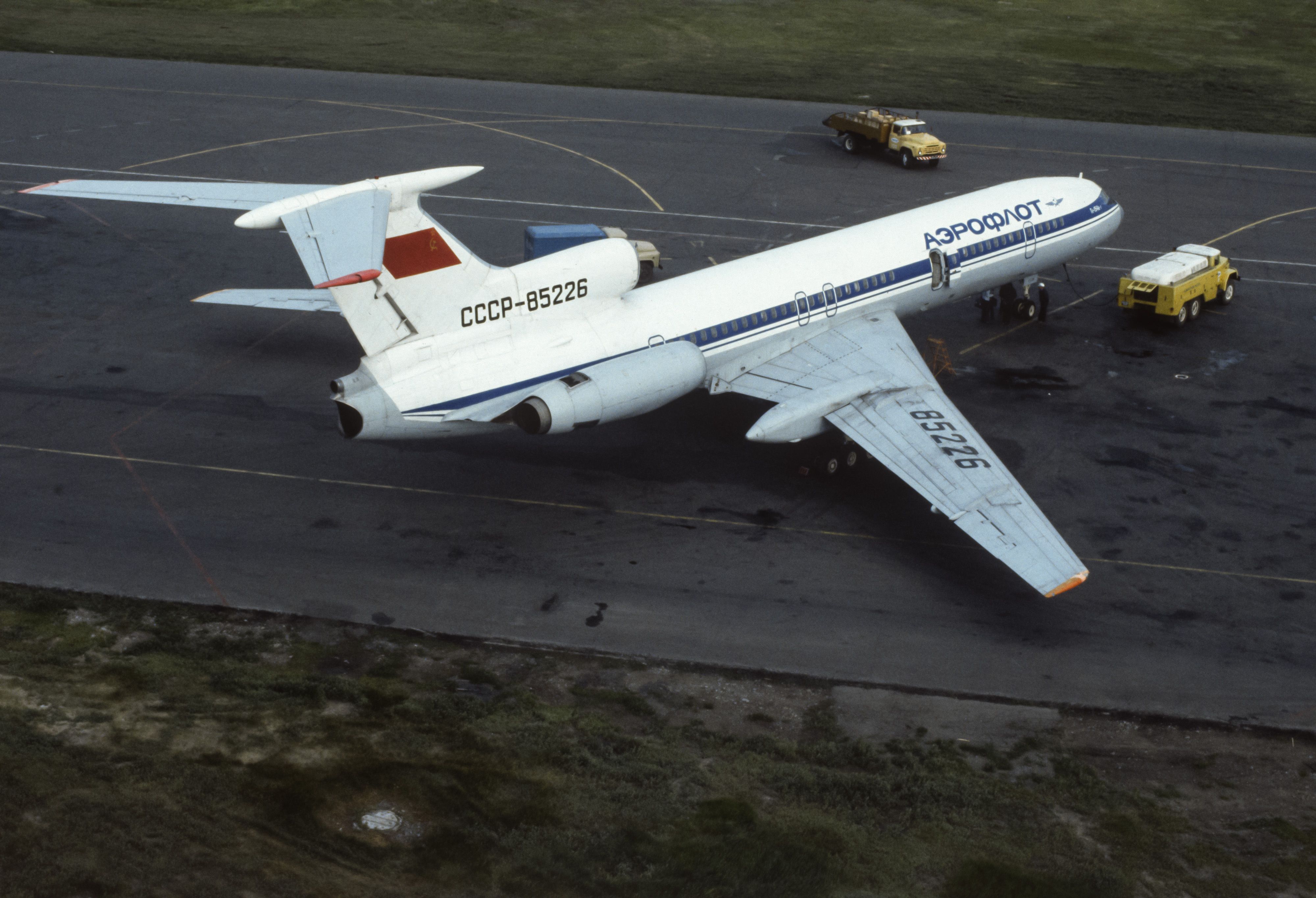Today marks 38 years since the crash of Aeroflot flight 3352 on October 11th, 1984. The disaster resulted from a combination of mistakes, with a sleeping air traffic controller being a key part. Let's look at how the catastrophe, which was the second deadliest air crash to have occurred in the former Soviet Union, unfolded.
The flight and aircraft involved
Aeroflot flight 3352 was a domestic service that originated at Krasnodar International (KRR). Its destination was Novosibirsk Tolmachevo Airport (OVB), which it was scheduled to reach via a stopover at Omsk Tsentralny Airport (OMS). Aeroflot no longer serves this route, nor does it use the flight number 3352 anymore.
According to the Aviation Safety Network, the aircraft operating the flight on October 11th, 1984 was a Tupolev Tu-154B-1 registered as CCCP-85243. The B-1 was a sub-variant of the Tu-154B that, thanks to a series of minor modifications, was designed to increase revenue on Aeroflot's domestic routes. A total of 64 were built.
ATDB.aero shows that CCCP-85243 was just under seven years old at the time, having been delivered to Aeroflot in December 1977. It was well-loaded on the day of the crash, with 170 passengers and nine crew onboard.
Get the latest aviation news straight to your inbox: Sign up for our newsletters today.
A chain of mistakes
The flight began its approach into Omsk in the early morning, when light rain was falling. Given the weather conditions, maintenance engineers at the airport requested permission to dry the runway at 05:20 local time. This was when the first mistake in the chain occurred, as, having permitted them to do so, the ground controller failed to activate the 'runway occupied' warning.
He then fell asleep, having reportedly been fatigued due to the parental demands of looking after his two young children. Meanwhile, the maintenance engineers set to work on drying the runway, but did not turn on their vehicles' top lights. These should have been flashing constantly, but the workers opted to turn them off.
They reportedly did so as they didn't like the levels of brightness emitted by the lights. In any case, this meant that their vehicles were not visible as Aeroflot flight 3352 approached the runway. The approach controller then made a grave mistake in clearing the jet to land, despite being unable to verify whether or not the runway was clear, due to the ground controller having fallen asleep.
Love aviation history? Discover more of our stories here!
Disastrous landing
By the time the flight's pilots could finally see the maintenance vehicles on the runway, they had already passed the decision altitude, meaning that they were committed to landing the plane. Despite attempting to take evasive action when touching down at 05:39 local time, the jet ultimately crashed into the trucks. The impact caused it to break apart, with leaking fuel resulting in a fire.
169 passengers and five crew members perished as a result, leaving just five survivors among those who had been onboard the aircraft. Meanwhile, four maintenance engineers also died in the catastrophe.
An investigation highlighted a chain of mistakes, with the sleeping ground controller being a key factor. He was one of several people involved to be given a prison sentence in the aftermath of the crash. Meanwhile, the crew were absolved of any blame, and the Captain, Boris Stepanov, flew for Aeroflot for another eight years.
Sources: ATDB.aero, Aviation Safety Network



